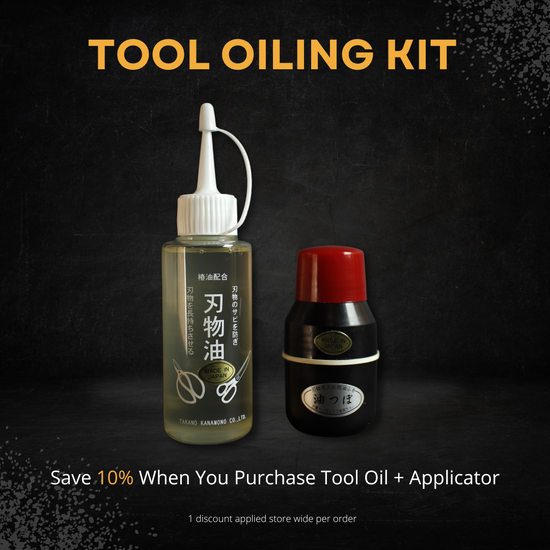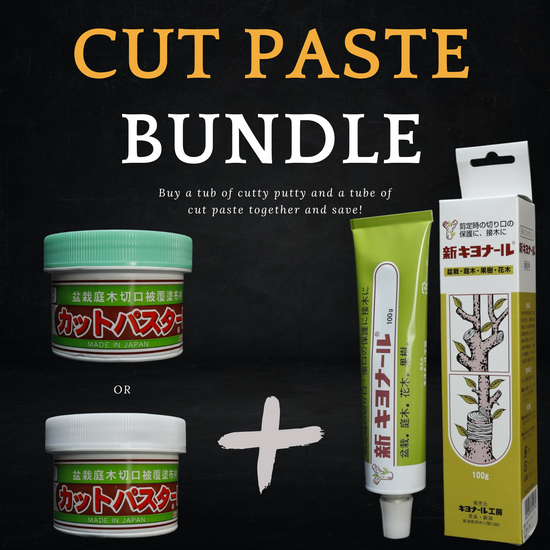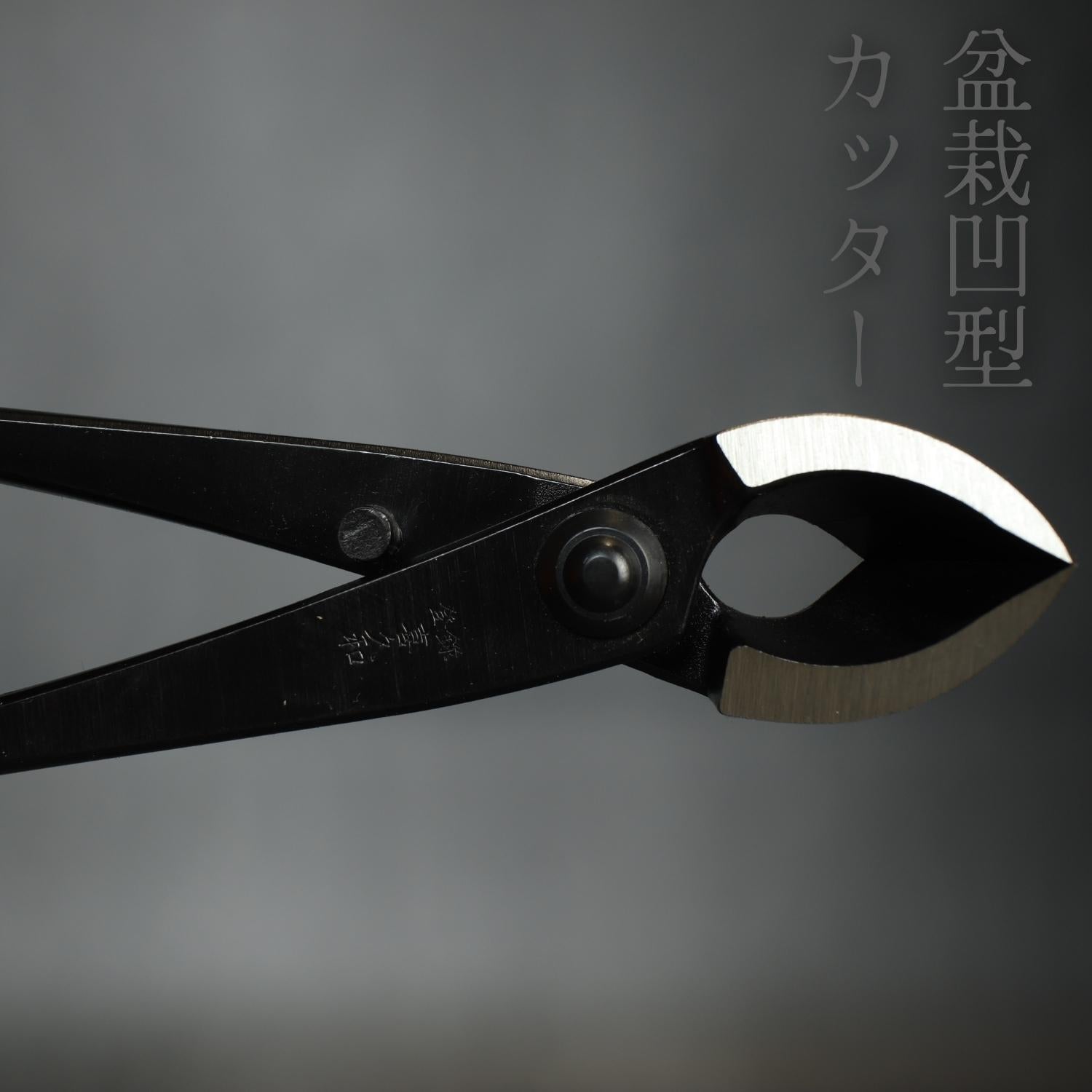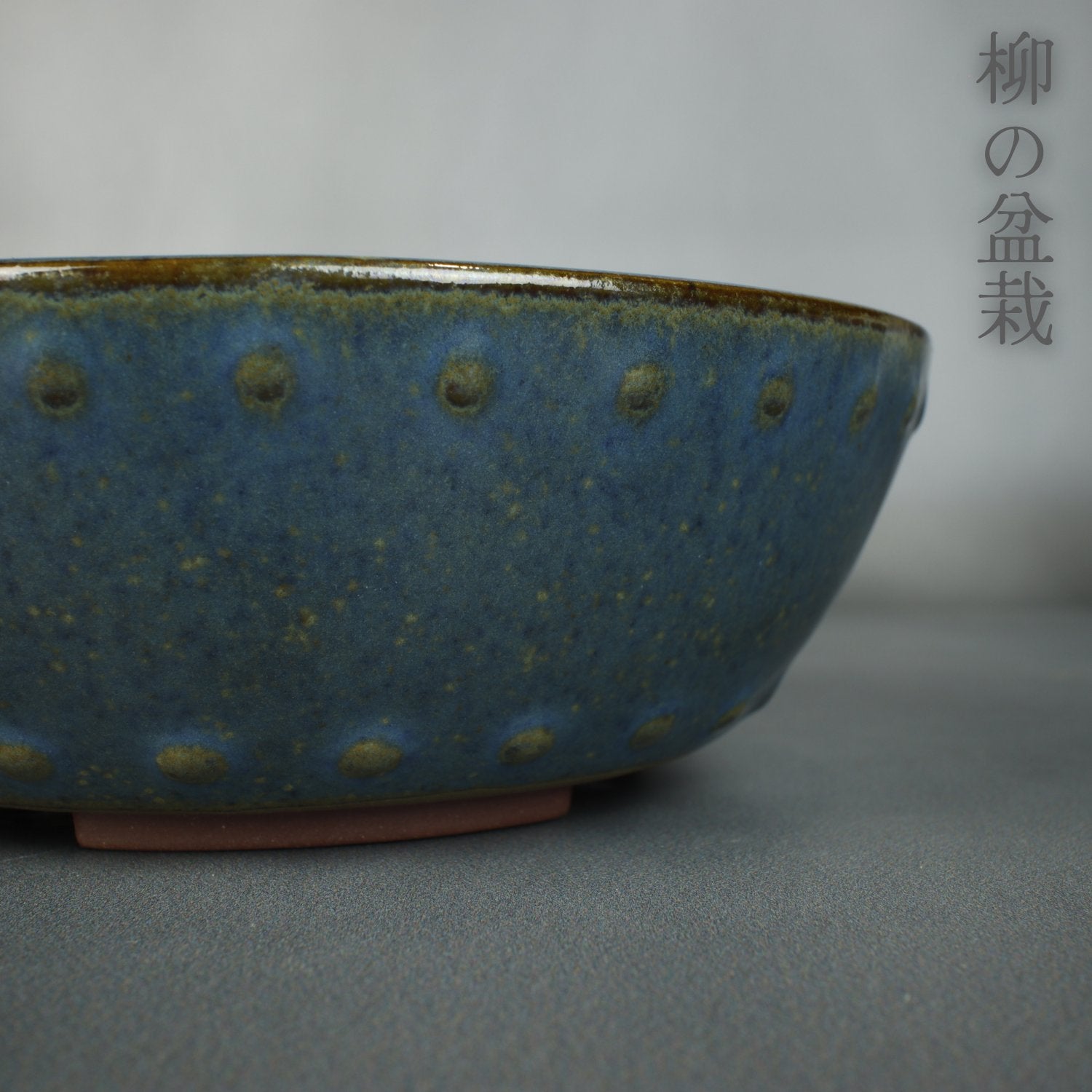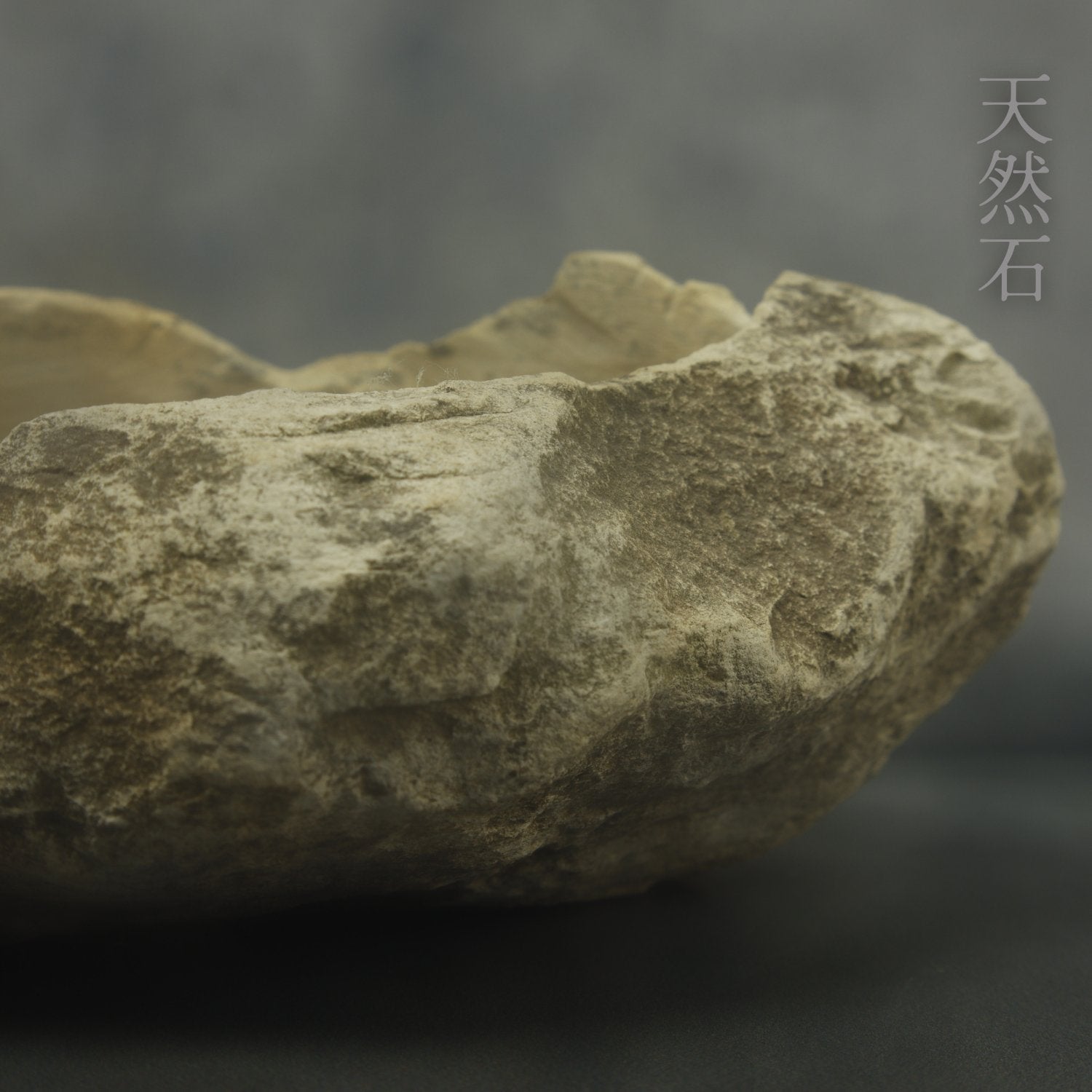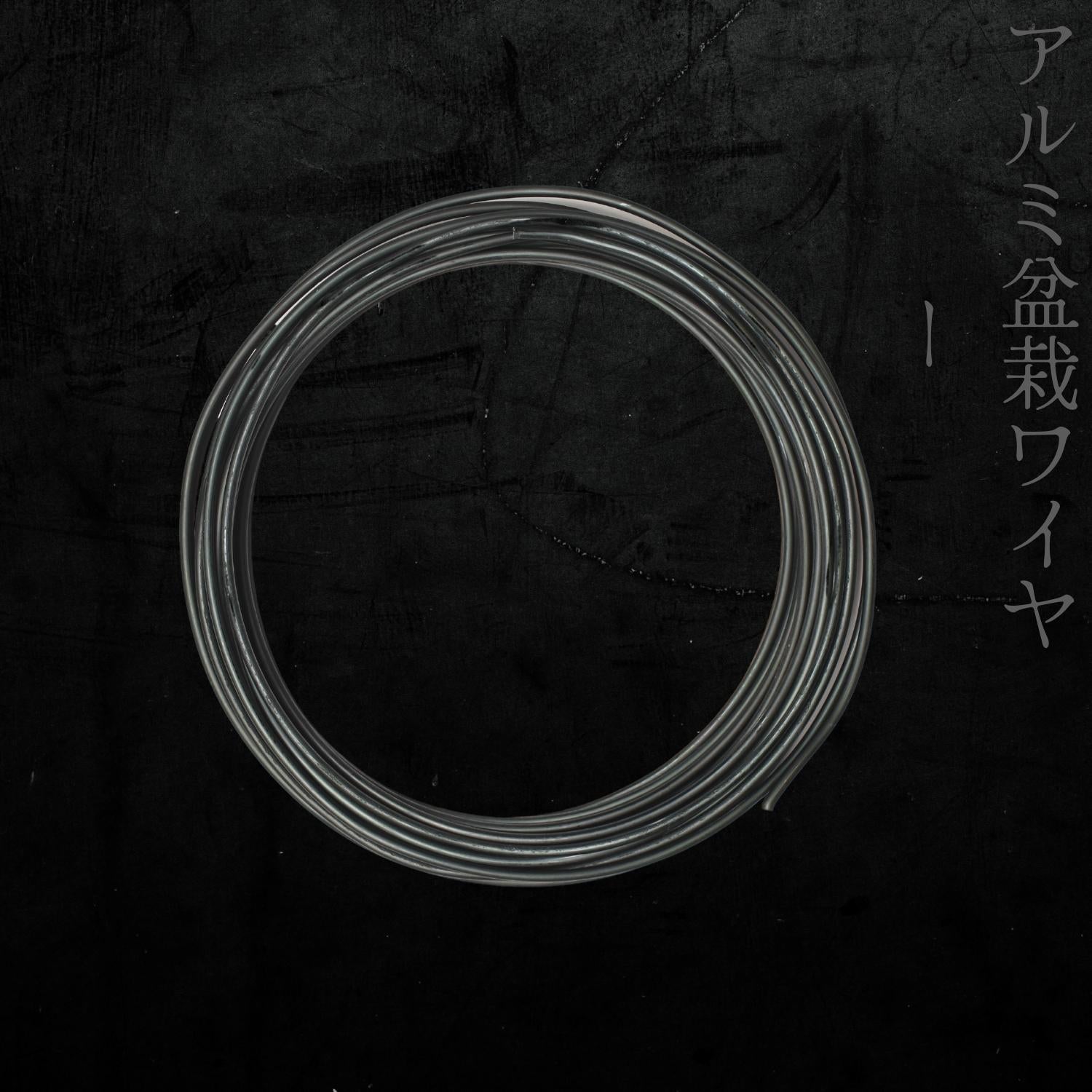

The Trident Maple (Acer buergerianum) is a deciduous tree that is native to China and Japan. It is known for its bright red and orange fall foliage and its compact, vase-shaped growth habit. The tree is named for its distinctive three-lobed leaves, which resemble a trident. Trident Maples grow to a height of around 20-30 feet and a spread of 20-25 feet. It is a hardy tree that can tolerate a wide range of soil types and is drought-tolerant once established. It is also known for its tolerance of urban conditions, making it a popular choice for street plantings and as a shade tree in parks.
The Trident Maple tree has a compact, vase-shaped growth habit and can grow to a height of 20-30 feet and a spread of 20-25 feet. It has a dense, rounded canopy, with branches that grow outwards and then upwards. The bark is smooth and grayish-brown in color, becoming rough and fissured as the tree matures.
The leaves of the Trident Maple are its most distinctive feature, as they are three-lobed and resemble a trident. They are typically 2-4 inches long and 2-3 inches wide. The leaves are a bright green color during the growing season, turning to shades of orange, red and yellow in fall.
The tree produces small, red or yellow flowers in the spring that are followed by small, winged seed pods. The flowers are not particularly showy, but they are a valuable source of nectar for bees and other pollinators.
The tree is known for its hardiness and ability to adapt to a wide range of conditions, making it a good choice for both urban and rural settings. It is also a popular choice for bonsai because of its small leaves and compact growth habit.
The tree can grow in a variety of soil types, but prefers well-drained, moist soils. It is drought-tolerant once established, and can survive in areas with low rainfall.
The tree is hardy in USDA zones 5-8, and can tolerate temperatures as low as -28c (-20f). It can adapt to a wide range of conditions, including urban settings and can tolerate air pollution and compacted soil. It is also known for its tolerance of pruning, which makes it suitable for bonsai and for shaping as a hedge or screen.
It should be noted that the size of the tree can vary depending on the growing conditions and the cultivar chosen. Some cultivars like 'Firefall' and 'Embers' are smaller in size and are more suitable for smaller gardens or for bonsai.
The Trident Maple is native to China and Japan. In the wild, it can be found growing in moist, well-drained soils in deciduous forests, along riverbanks, and in mountain valleys. It is often found growing in mixed stands with other deciduous trees such as oak, ash, and elm. In Japan, it is known as "seigen" and is commonly found in the mountainous regions of the country.
The tree prefers a humid climate with mild winters and is well suited to the cool-temperate regions of the northern hemisphere. In the wild, it can tolerate a wide range of soil types, including sandy, clay, and loam soils, but prefers well-drained, moist soils. It can also tolerate a wide range of light conditions, from full sun to partial shade.
The tree is not considered to be endangered in its native range, but it is becoming increasingly rare in the wild due to habitat loss and overcollection for the bonsai and ornamental trade.
The Trident Maple is a hardy tree that can tolerate a wide range of growing conditions. It prefers moist, well-drained soils, but can adapt to a variety of soil types including sandy, clay, and loam soils. It is drought-tolerant once established, and can survive in areas with low rainfall. It is also tolerant of urban conditions, including air pollution and compacted soil, making it a popular choice for street plantings and as a shade tree in parks.
The tree prefers a humid climate with mild winters and is well suited to the cool-temperate regions of the northern hemisphere. It is hardy in USDA zones 5-8, and can tolerate temperatures as low as -28c (-20f). It is also tolerant of a wide range of light conditions, from full sun to partial shade. It can grow in full sun, but will require more frequent watering in hot climates. In partial shade, it will grow with a more open canopy and less vibrant fall foliage.
For Bonsai, the tree prefers a well-drained soil mixture that is usually a mixture of Akadama and Pumice and it should be watered regularly. It also needs to be protected from extreme temperatures, both hot and cold, as well as from strong winds. It is suitable for both indoor and outdoor cultivation and should be placed in a location where it will receive at least 4-5 hours of direct sunlight per day.
The Trident Maple has been traditionally used for a variety of purposes. One of the most common uses is as a landscape tree, due to its hardiness, adaptability, and attractive fall foliage. It is often used as a street tree, shade tree, and in parks and gardens. It is also a popular choice for bonsai due to its small leaves and compact growth habit.
The tree's wood is also used for a variety of purposes, including furniture making, flooring, and cabinetry. The wood is hard, heavy, and close-grained, with a fine texture. It is not commonly used as a structural timber, as it is not very durable, but it is used for decorative veneers, plywood and other decorative uses.
In its native range of Japan and China, the tree has been traditionally used for medicinal purposes. The leaves, bark, and roots of the tree have been used to treat a variety of ailments, including skin conditions, fever, and diarrhea. The tree is also known for its medicinal properties in traditional Chinese medicine and is known as "shan zhu yu"
Finally, the tree is also used for ornamental purposes. The tree's small leaves and compact growth habit make it an attractive ornamental tree, and it is often used in rock gardens and as a specimen tree in small gardens. It is also used for bonsai and other forms of topiary and it is highly prized for the colors of its leaves in fall.
The Trident Maple is a popular choice for bonsai due to its small leaves, compact growth habit, and attractive fall foliage. It is suitable for a variety of bonsai styles, including formal upright, informal upright, and slanting styles. It is particularly well suited to the "shohin" style, which is a small bonsai style that is typically less than 10 inches in height.
To shape the tree as a bonsai, pruning and wiring are the main techniques used. Pruning is used to control the overall shape and size of the tree, and to promote the development of small leaves. Wiring is used to shape the branches and to create movement in the tree. It is important to be mindful of the tree's growth habit when wiring, as it tends to grow upright, and may need to be wired at a young age to achieve the desired shape.
To maintain the tree's compact growth habit, it is important to pinch back new growth regularly. This will encourage the tree to grow smaller leaves and to produce more buds, which will lead to a denser branching structure.
The tree should be repotted every 2-3 years in the spring, using a well-draining bonsai soil mixture. The roots should be pruned back to encourage new growth.
The tree should be protected from extreme temperatures, both hot and cold, as well as from strong winds. It is suitable for both indoor and outdoor cultivation and should be placed in a location where it will receive at least 4-5 hours of direct sunlight per day.
The Trident Maple is also known for its vibrant fall foliage, which is a beautiful addition to any bonsai collection. It is also a great way to add color to your bonsai collection during the fall months.
Savings opportunities
Shop Tools And Accessories
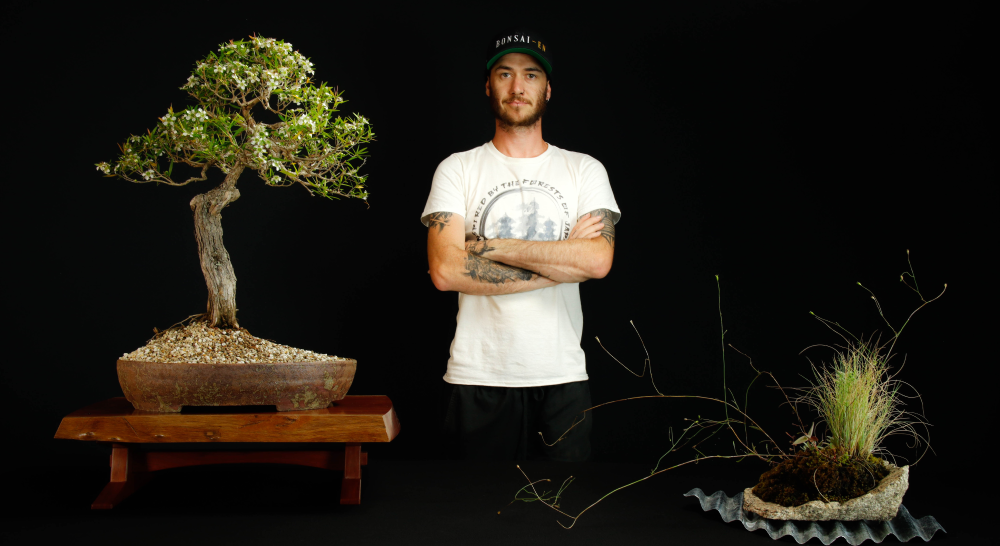
Author : Joshua Hooson
Joshua Hooson is an author and enthusiast of the art of bonsai. He has built his knowledge and understanding of bonsai through a combination of self-experience, lessons learned through hands-on practice, and extensive research. His articles reflect his passion for the subject and offer insights gained through his own personal journey in the world of bonsai. All the information provided in his works is a result of his own experiences and the knowledge he has gained through his studies. He is dedicated to sharing his love of bonsai and helping others grow in their understanding and appreciation of this ancient and beautiful art form.



